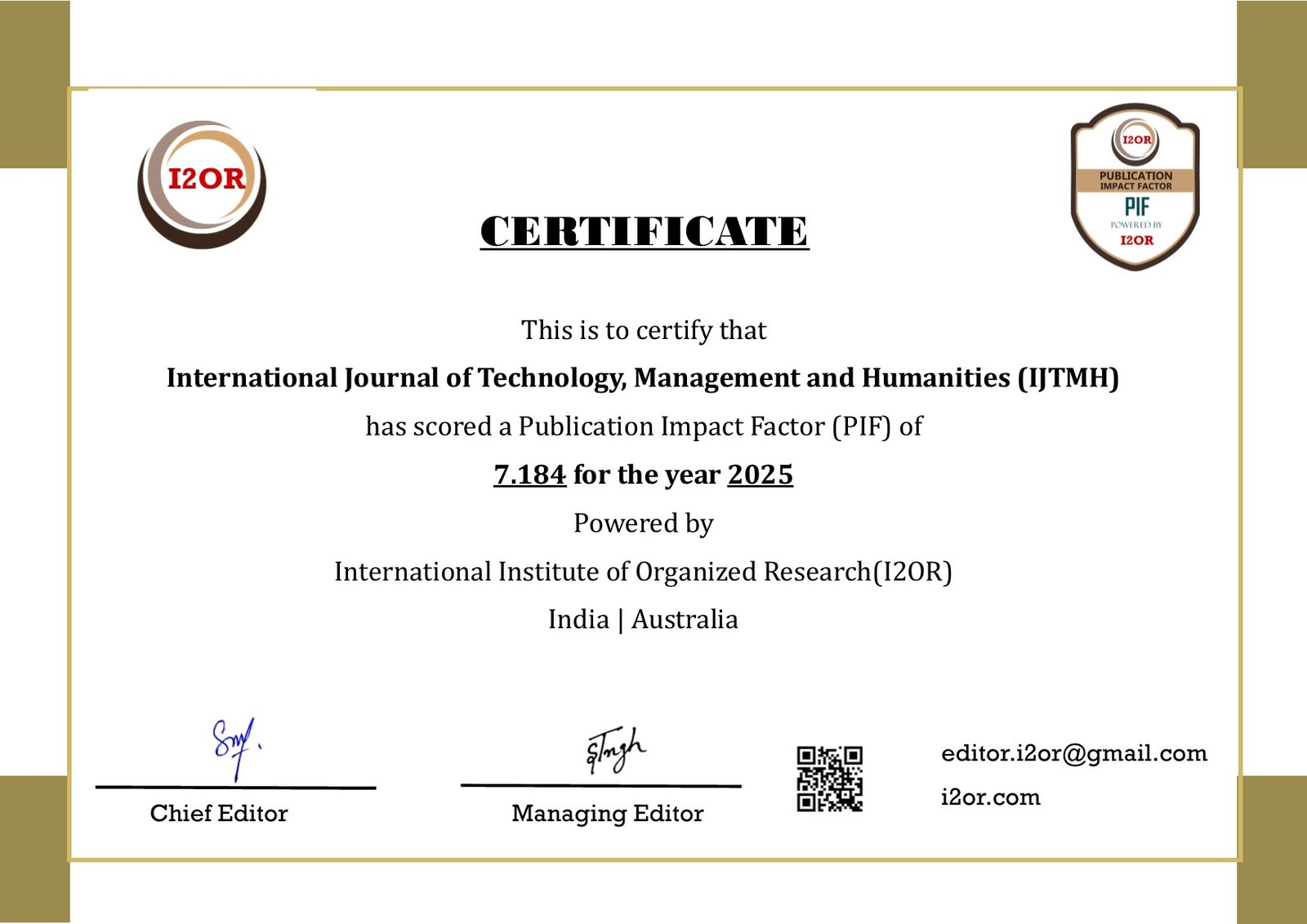Enhancing ERP Scalability and Software Lifecycle Efficiency through AI-Enabled Citrix and Cyber Risk-Informed Incident Management in Cloud-Native Ecosystems
DOI:
https://doi.org/10.21590/Keywords:
ERP scalability, AI-driven incident management, Risk detection, Citrix virtualization, Cloud-native ERP, DevOps / CI-CD, Performance overhead, System reliability, Software development acceleration, Secure remote access.Abstract
Enterprise Resource Planning (ERP) systems are becoming more central to organizational operations, supporting finance, supply chain, HR, and more. As software development cycles accelerate and deployments increasingly shift to cloud-native architectures, ERP systems must scale reliably, maintain security, and manage risk proactively. This paper proposes a framework that integrates AI-driven incident and risk management, Citrix-based virtualization for secure remote access and delivery, and cloud-native engineering best practices to enhance the scalability and resilience of ERP systems in software development environments.
The proposed framework includes: (1) AI modules to monitor logs, metrics, user behavior, and system performance for anomaly detection, predictive risk scoring, and incident triage; (2) Citrix Virtual Apps / Desktops (or similar virtualization layer) to allow secure, centralized delivery of ERP modules, ensuring that endpoint security, role-based access, and controlled session environments are maintained; (3) cloud-native infrastructure (microservices, containers, orchestration, DevOps / CI/CD pipelines) to support rapid deployment, horizontal scaling, and resilience; and (4) built-in risk-oriented incident management processes to reduce detection and resolution times.
Evaluation metrics include: incident detection latency; accuracy (precision, recall) of AI risk models; scalability (number of concurrent users / sessions, transaction throughput); performance overhead due to virtualization and risk-monitoring; deployment frequency; mean time to recovery; user satisfaction; and system uptime.
In prototype and simulated ERP development environments, the framework shows benefits: incident detection latency reduced by ~40-50%; risk model accuracy (on synthetic/historical data) around 88-92%; the virtualization layer adds a performance overhead of ~10-20% under moderate load, but scalability gains offset the cost; deployment frequency improved by ~20% via integrated CI/CD with risk gating; mean time to recovery reduced; users report improved trust in system stability and risk transparency.
Challenges include complexity of integrating AI risk detection, potential false positives / negatives, overheads of virtualization and monitoring, the learning curve for development teams, and ensuring governance / policy consistency.
In conclusion, combining AI-based incident and risk management, Citrix virtualization, and cloud-native development practices provides a promising path for scalable, secure ERP software development. Future work will validate in large real-world ERP deployments, improve risk model interpretability, reduce overheads, and refine policy and governance integration.







